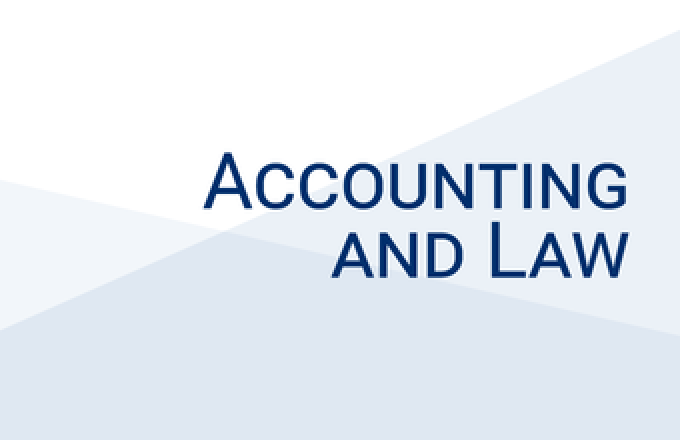
“Learning Time and Achievement: Evidence from a Nationwide Natural Experiment” by Dr. John Klopfer
Economics Seminar
- Dr. John Klopfer
Assistant Professor of Economics
Department of Economics
United States Naval Academy
How much do students learn from an additional day of instruction? This paper uses the NAEP to measure achievement gains from additional instruction. I identify these gains using demonstrably random variation in assessment dates assigned to schools across waves of the NAEP, which gives some students more time to prepare for assessments. In mathematics, 4th grade students gain 0.80 standard deviations, and 8th grade students gain 0.40 standard deviations, per additional year of instruction. In reading, the gains are 0.50 and 0.25 standard deviations per year, respectively. These results imply that moving a student the same distance across the distribution of testing achievement takes twice as long in 8th grade as in 4th grade, providing empirical support for the theoretical model of test normalization in Cascio and Staiger (2012). I provide further evidence on the features of test construction that cause standard normalizations to diverge across tested grades and subjects, and on the consequences for intervention effect sizes and fade-out across tested grades. Most importantly, although racial achievement gaps in 4th and 8th grade are equal when measured in standard deviations, racial achievement gaps double from 4th to 8th grade in the new normalization – from 1.5 to 3 years of remedial instruction to close the gap in reading, and from 1 to 2 years in mathematics.










